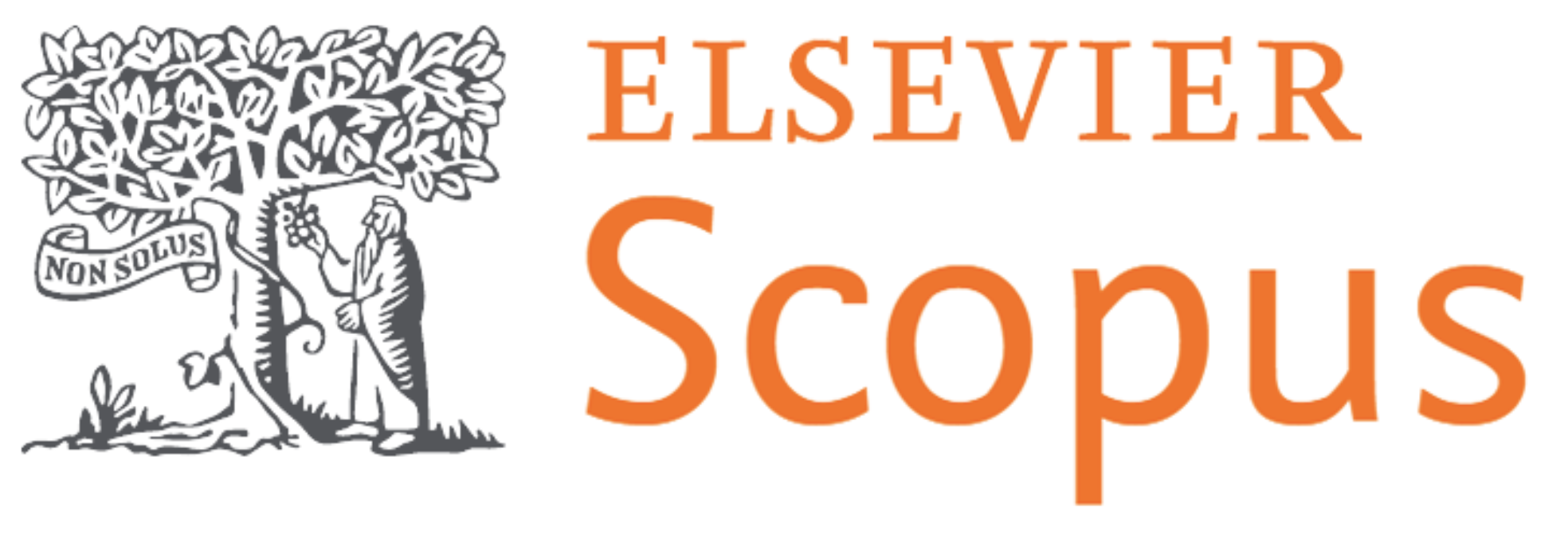The livestock chain bovine cattle in Southwest Bonaerense: a descriptive study
DOI:
https://doi.org/10.17765/2176-9168.2012v5n3p%25pKeywords:
Supply Chain, Cattle, Southwest of the Province of Buenos AiresAbstract
Cattle-raising is one of the main activities in the southwestern region of Buenos Aires, Argentina. Changes in the regional cattle livestock are provided so that the activities could become a worldwide reference. This would help in the analysis of issues on the activity and contribute towards policies for the development of competition. Through the retrieval of secondary information, the evolution of the cattle stock of the last five years (2006-2010) in the region under analysis is investigated. The agents that form the value chain from production until industrialization are identified. The entrance and exits of cattle according to their origin and the motive of each movement are reported. Results show that the regional cattle stock has been reduced by 45% and an increase of pasture as a productive activity has been registered. The relationship between agents occurs directly, that which increases the agreement between the parts and decreases the participation of the reference markets. Since slaughter is the main exit motive from the farm, this fact means that the industrial activity occurs outside the region and decreases values within the analyzed zone. Current analysis shows the need to advance in the identification of possible coordination and cooperation mechanisms among the agents that would improve the competitiveness of the agribusiness from an institutional approach.Downloads
Published
2012-08-27
How to Cite
De Batista, M., Durán, R., & Scoponi, L. (2012). The livestock chain bovine cattle in Southwest Bonaerense: a descriptive study. Revista Em Agronegócio E Meio Ambiente, 5(3). https://doi.org/10.17765/2176-9168.2012v5n3p%p
Issue
Section
Agrobusiness
License
A Revista se reserva o direito de efetuar, nos originais, alterações de ordem normativa, ortográfica e gramatical, com o intuito de manter o padrão culto da língua, respeitando, porém, o estilo dos autores. As opiniões emitidas pelos autores são de sua exclusiva responsabilidade.Os direitos autorais pertencem exclusivamente aos autores. Os direitos de licenciamento utilizado pelo periódico é a licença Creative Commons Attribution
 Creative Commons Atribuição 4.0 Internacional. São permitidos o compartilhamento (cópia e distribuição do material em qualquer meio ou formato) e adaptação (remixar, transformar, e criar a partir do trabalho, mesmo para fins comerciais), desde que lhe atribuam o devido crédito pela criação original.
Creative Commons Atribuição 4.0 Internacional. São permitidos o compartilhamento (cópia e distribuição do material em qualquer meio ou formato) e adaptação (remixar, transformar, e criar a partir do trabalho, mesmo para fins comerciais), desde que lhe atribuam o devido crédito pela criação original.










